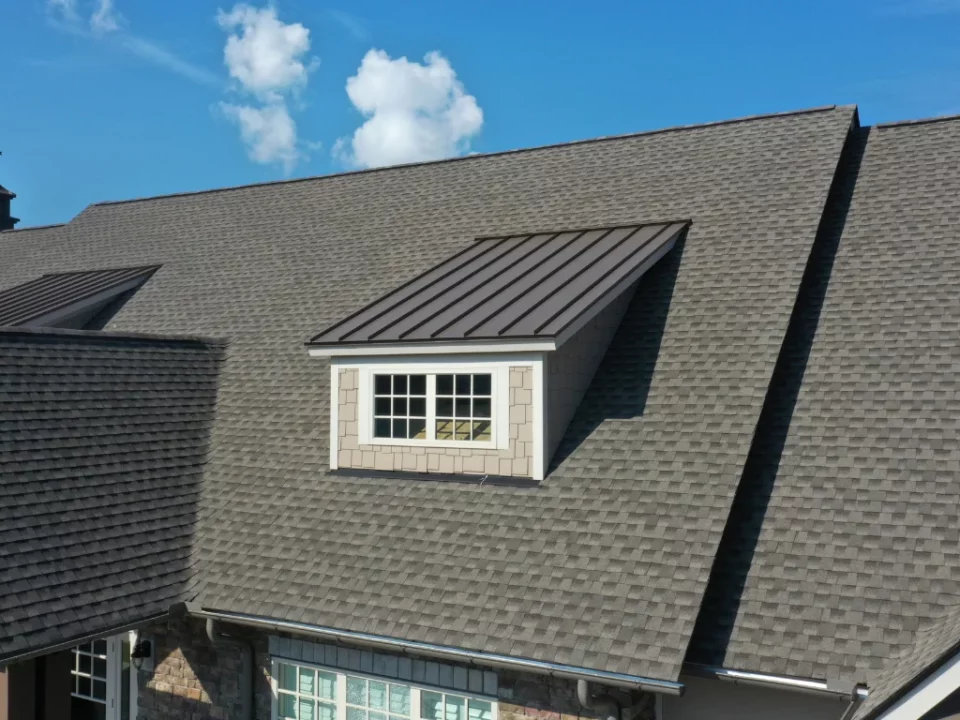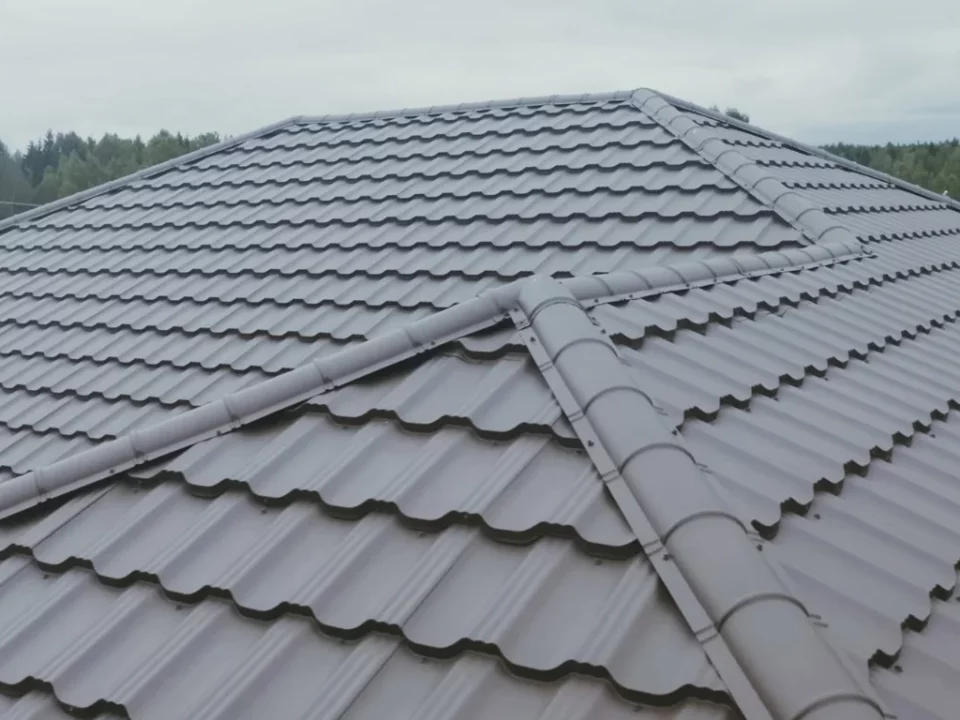When it comes to roof installation, selecting the right technique is crucial to ensure that your roof will provide long-lasting protection and curb appeal for your home. Different homes and climates require different approaches to roofing, and understanding the various installation techniques can help you make the best choice for your property. In this article, we’ll explore the key roof installation techniques and their benefits, providing you with the knowledge needed to make an informed decision for your home.
Understanding Different Roof Installation Techniques: Material Selection and Preparation
The first step in roof installation is selecting the right material for your home. Asphalt shingles, metal roofing, tile, and wood shakes each offer distinct benefits depending on factors such as climate, budget, and aesthetic preferences. For example, asphalt shingles are affordable and easy to install, making them a popular choice for many homeowners. Metal roofing, on the other hand, offers superior durability and is ideal for areas that experience heavy rain or snow.
Once the material is selected, proper preparation is essential for a successful roof installation. The roof deck must be thoroughly inspected and repaired if necessary. Any damaged or rotted wood should be replaced to ensure that the roof has a solid foundation. In addition, the installation of an underlayment, such as roofing felt, is critical to create a waterproof barrier that prevents moisture from penetrating the roof structure. This step is especially important for areas that experience heavy rainfall or storms.
Proper flashing installation around areas like chimneys, skylights, and vents is also a key part of the preparation. Flashing directs water away from these vulnerable areas, preventing leaks and contributing to the overall longevity of your roof. Without proper flashing, water can seep into joints and cause significant damage to your roof and home.
Understanding Different Roof Installation Techniques: Securing the Roof and Ensuring Durability
Once the preparation is complete, the next step is to begin the installation of the roofing material itself. The technique used will depend on the type of material chosen. For asphalt shingles, this typically involves starting from the bottom edge of the roof and working upward in overlapping rows. Each shingle is secured with roofing nails, ensuring that they are tightly held in place and properly aligned.
For metal roofing, the panels are often installed in interlocking sections, creating a tight seal that prevents water from seeping through the seams. Metal roofs are known for their durability and resistance to the elements, making them an excellent choice for homes in regions with extreme weather conditions.
Tile and wood shake roofs, on the other hand, require a different approach. Tiles are laid in a staggered pattern to create a secure barrier against water infiltration, while wood shakes are typically installed with a gap between each piece to allow for proper ventilation and drainage. These materials provide a distinctive, natural look but may require more maintenance compared to other options.
In addition to securing the roofing materials, proper ventilation is a critical factor in roof installation. Ridge vents and soffit vents allow air to flow through the attic space, preventing excess heat and moisture buildup. Without proper ventilation, the roof may experience damage from mold, mildew, or heat buildup, reducing its lifespan and performance.
By understanding the different roof installation techniques and considering factors such as material choice, preparation, and ventilation, you can ensure that your roof is built to last. Each technique offers unique advantages, so it’s important to consult with a professional roofer to determine the best approach for your home. A well-installed roof not only enhances the appearance of your property but also provides long-term protection against the elements.
Read More:
Top Roof Installation Techniques for Durable and Long-Lasting Roofs






